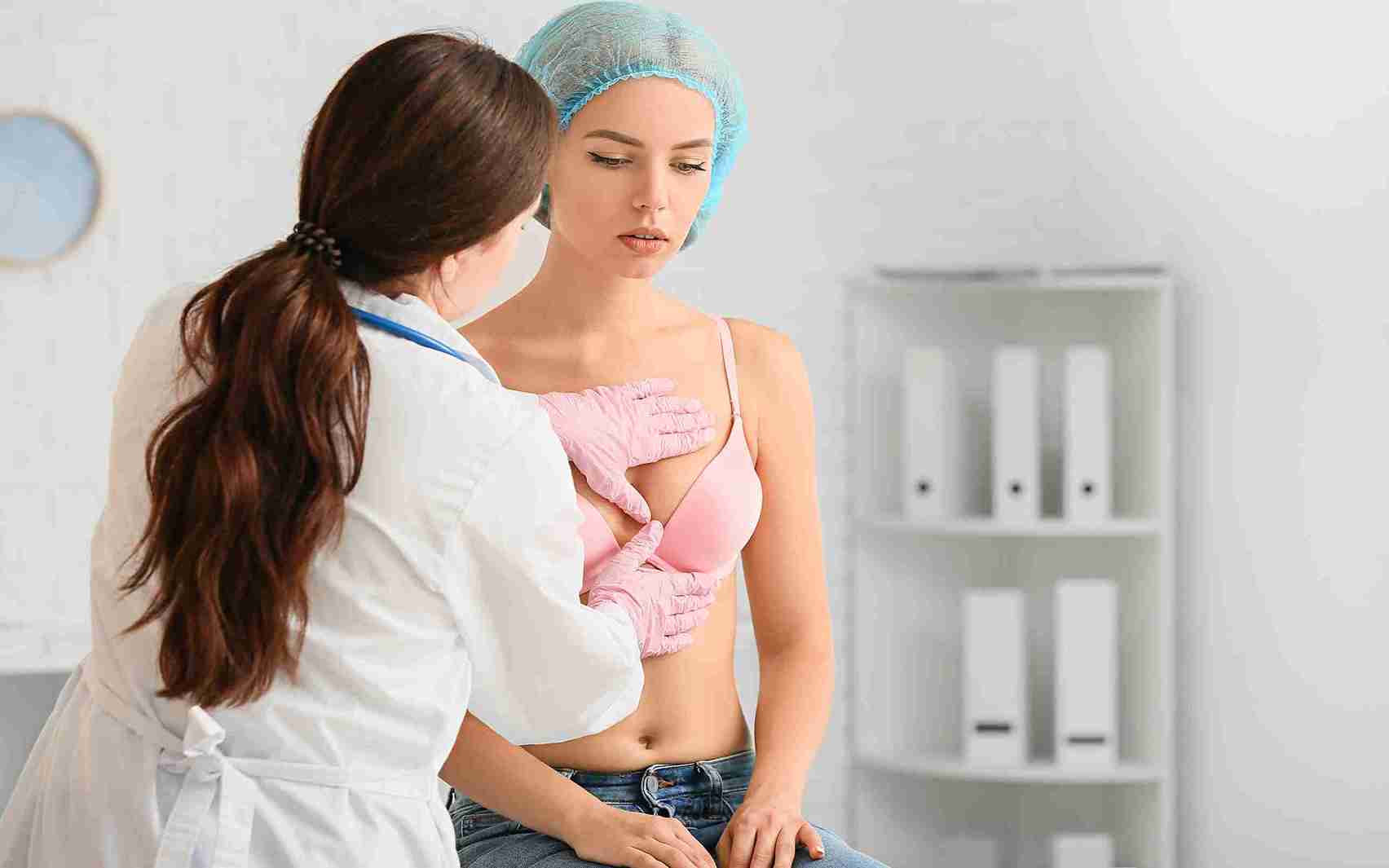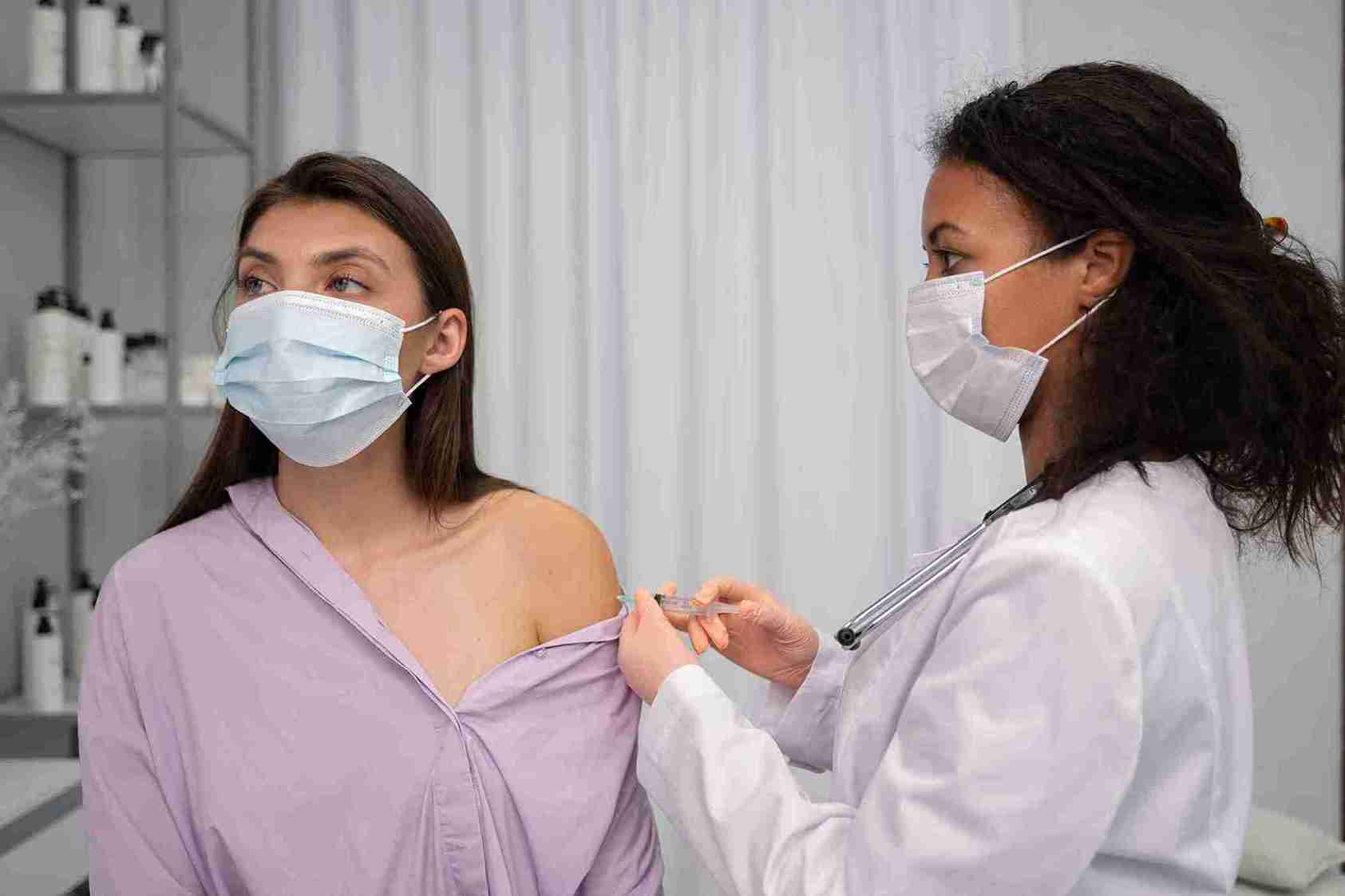
Breast changes can feel alarming, especially when you notice something new, like a lump, tenderness, or unevenness. Feeling scared or unsure about what's happening in your body is natural. However, not all changes are signs of something serious. Many changes, such as breast changes during the ovulation cycle, are entirely normal and part of how your body functions naturally. This is why breast health awareness is essential. Understanding what's normal and what's not is key to staying informed, calm and in control. With the proper awareness, you can recognise normal changes, spot potential concerns early, and approach your breast health with confidence rather than fear.
This article briefly examines common breast changes many women experience, what they could mean, and when seeking medical advice is a good idea. Understanding these signs can help you feel more confident about your body and make informed decisions about your health.

Each breast consists of six to nine sections, known as lobes. Within each lobe are smaller divisions called lobules, which end in tiny round structures capable of producing milk. These components are connected by narrow tubes, called ducts, that transport the milk toward the nipple. The nipple is located at the centre of a darker area of skin known as the areola. The spaces surrounding these structures are filled with fat.
Breasts contain blood vessels and lymphatic vessels that transport a clear fluid known as lymph, which plays a crucial role in fighting infections. These lymphatic vessels lead to small, bean-shaped structures called lymph nodes. Lymph nodes help combat infections and are located under the arms, inside the chest, and in other areas of the body.
Understanding how the breast is structured helps us better recognise what's normal and what might need attention. Now, let's explore some common breast changes and what they could mean for your health.
Have you ever wondered: Are lumpy breasts normal or not? The answer is usually yes! Lumpy breasts are normal, particularly during specific times in your menstrual cycle, pregnancy, or menopause. This may be due to:
Breast Cysts: These are fluid-filled sacs. These occur when fluid gets trapped in the milk ducts.
Breast Calcifications: Breast Calcifications are large, benign calcium deposits that typically feel like hard bumps.
Breast Infections: Infections in the breast can cause tissue to harden or swell, which may feel like a lump.
Breast Abscess: A breast abscess is a lump filled with pus, usually formed due to infections.
Fibroadenomas: These are common noncancerous breast tumours that women in their 20s and 30s usually experience.
Phyllodes Tumour: This is a rare type of breast tumour that forms in the breast's connective tissue. While most phyllodes tumours are benign, they can grow quickly and may come back after removal.
Fibrocystic Changes: Women experiencing fibrocystic changes often find small fluid-filled sacs and fibrous tissues resembling lumps.
Breast Cancer: The lump associated with breast cancer is often hard and well-defined. It may feel movable under the skin in the early stages, but over time, it can become more fixed as it attaches to surrounding tissues.
Don't panic if you notice a lump in your breast or underarm. Not all breast lumps are cancerous, but it's always wise to consult a doctor for confirmation. Lumps that feel hard and do not move easily should be examined promptly. Your doctor will conduct a physical examination and may recommend further tests, such as a mammogram or ultrasound, to determine the cause and provide an accurate diagnosis.
Painful, tender or sore breasts are a common issue that many women face. The intensity could range from mild twinges to severe throbbing and stabbing pain. It is natural to feel worried when this occurs. Again, not all breast pain is a sign of something serious, like cancer, for instance. Given below is a list of common breast tenderness causes:
● Cyclic breast pain is triggered by the menstrual cycle. This sort of breast pain typically fades once the periods are over and will restart again during the next menstrual cycle.
● Noncyclic breast pain is not influenced by the menstrual cycle and does not follow a fixed pattern. It is usually caused by:
● the intake of birth control pills
● the intake of antidepressants
● hormone therapy
● surgical scars
● injury or trauma
● stress and anxiety
● health issues like costochondritis, fibroadenomas, breast cysts, mastitis, etc.

● The pain, tenderness, or soreness lasts more than two weeks.
● The breast tenderness or pain is felt in just a single region.
● The breast's texture looks dimpled.
● The nipple has become inverted.
● There is discharge from the nipples.
The doctor will perform a breast exam and may even recommend further tests like a mammogram to rule out serious issues like breast cancer. The application of heat or cool packs, pain meds, supportive bras, etc., can help relieve breast tenderness.
Are you wondering if uneven breasts are normal or not after noticing that your breasts aren't perfect even when you look in the mirror? You're not alone! Breast asymmetry or unevenness is prevalent; in most cases, it's completely normal. Most people have one breast that's slightly larger, higher, or shaped differently than the other.
These changes may be concerning if they appear suddenly without any apparent reason. While they are often caused by something harmless, like starting hormonal contraceptives, they may also indicate a more serious condition, such as breast cancer or lymphoma.
● Hormonal changes caused by menopause, hormonal birth control, HRT (Hormone replacement therapy), pregnancy, breastfeeding, etc.
● Atypical Ductal Hyperplasia, whereby milk ducts in the breasts grow excessively.
● Juvenile Hypertrophy is a rare condition whereby there is excessive breast growth. At times, one breast may appear larger than the other.
● Hypoplastic breasts, or underdeveloped breasts, could also lead to asymmetrical breasts.
● Diabetic Mastopathy, a complication that arises due to the long-term use of insulin, is yet another rare health issue that could lead to uneven breasts.
If the breast unevenness has occurred suddenly without apparent cause, it might be best to consult a doctor. To rule out serious health conditions like cancer, the doctor may recommend further tests like a biopsy, ultrasound imaging, breast MRI, etc.

It is vital to do self-examination regularly to detect any changes in the breasts. Regular checkups and wearing properly fitted bras can also contribute to better breast health.

Yes, uneven or asymmetrical-looking breasts are normal. However, if the disparity in size is sudden or too much, it might be best to consult a doctor.

Most breast lumps are normal and noncancerous. However, if the lump feels rigid or immovable, it should be shown to a doctor as soon as possible to rule out breast cancer.

Yes, stress and anxiety can cause breast tenderness, lumps, etc.
